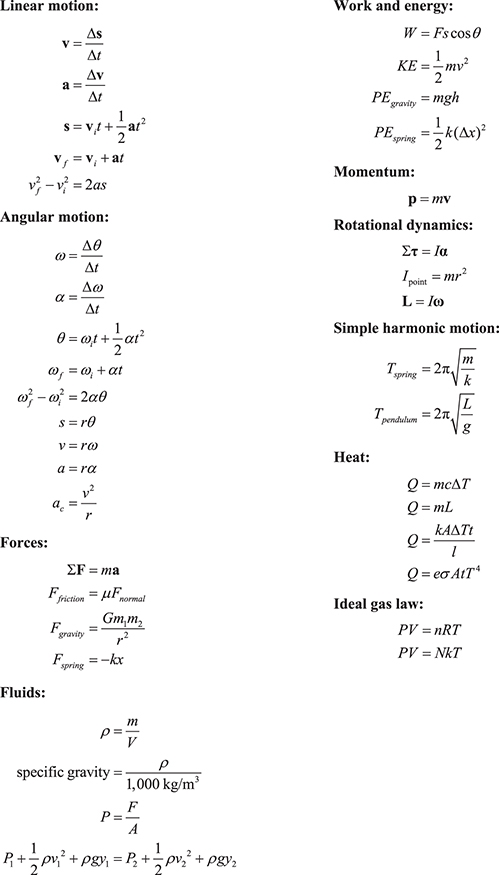Basic Physics Formulas

Basic Geophysics Formulas Book
Gassmann's relations are receiving more attention as seismic data are increasingly used for reservoir monitoring. Correct interpretation of underground fluid migration from seismic data requires a quantitative understanding of the relationships among the velocity data and fluid properties in the form of fluid substitution formulas, and these formulas are very commonly based on Gassmann's equations. Nevertheless, confusion persists about the basic assumptions and the derivation of Gassmann's (1951) well-known equation in poroelasticity relating dry or drained bulk elastic constants to those for fluid-saturated and undrained conditions. It is frequently stated, for example, but quite incorrect to say that Gassmann assumes the shear modulus is constant (i.e., mechanically independent of the presence of the saturating fluid). This note clarifies the situation by presenting an unusually brief derivation of Gassmann's relations that emphasizes the true origin of the constant shear modulus result, while also clarifying the role played by the shear modulus in the derivation of the better understood result for the bulk modulus. Divinity original sin 2 how to play split screen.
Basic Physics Formulas In Hindi
Geophysical methods. Passive: Method using the natural fields of the Earth, e.g. Gravity and magnetic. Active: Method that requires the input of artificially generated energy, e.g. Seismic reflection. The objective of geophysics is to locate or detect the presence of subsurface structures or bodies and determine their size, shape. A set of mathematical formulas used to convert a time function, such as a seismic trace, to a function in the frequency domain (Fourier analysis) and back (Fourier synthesis). The function is expressed as a convergent trigonometric series, similar to that first formulated by French mathematician Jean-Baptiste-Joseph, Baron Fourier (1768 to 1830).


